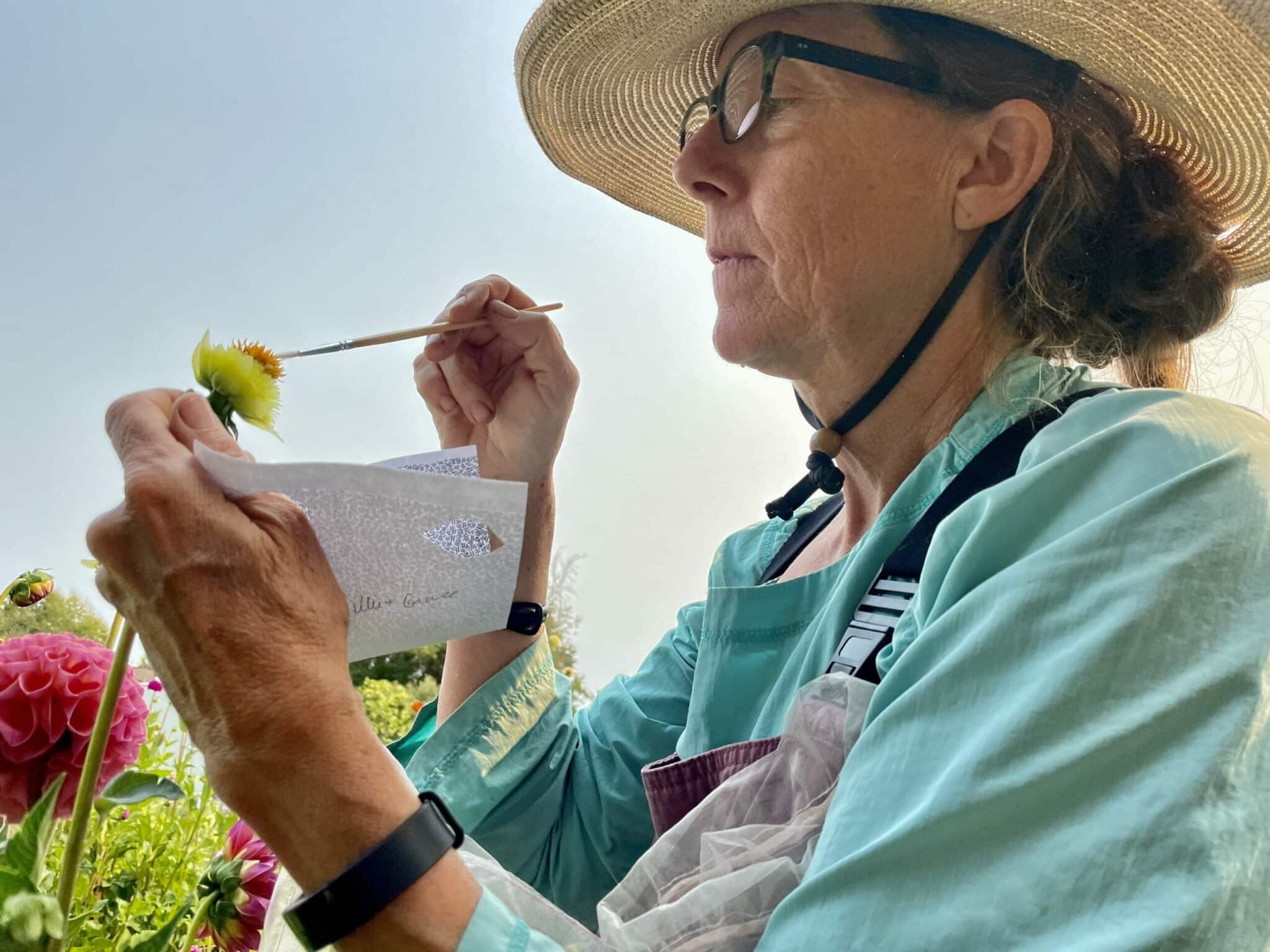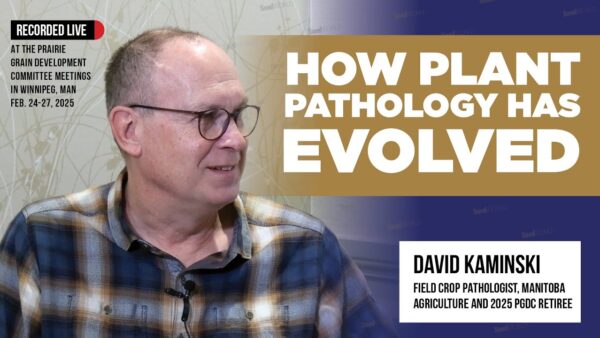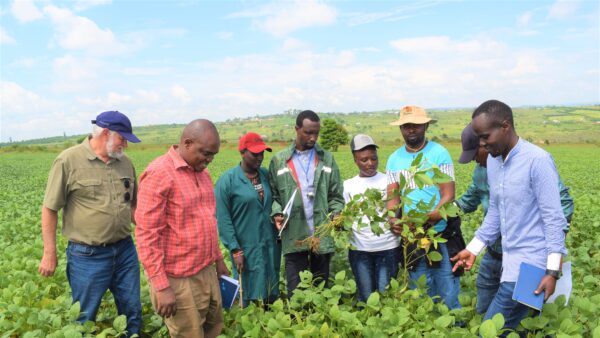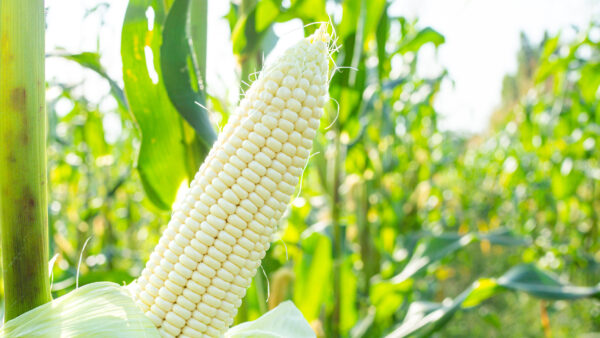Breeder Kristine Albrecht reflects on different dahlia markets and looks to the future of dahlia breeding.
A staple in many gardens, dahlias are a fan favorite. They’re the national flower of Mexico and are found in the mountains of Mexico and Guatemala. These native flowers are the source of genetic material for the dahlias most gardeners work with today.
While you might admire the beautiful petals and colors of the modern dahlia, the hybridization process is complex and somewhat unknown. Growing the flower from tubers is most common, however, hybridizing dahlias to receive seed to create new, different varieties has become a passion of Kristine Albrecht.
The Secrets of the Dahlia
While Albrecht didn’t major or specialize in plant breeding in school, she elevated her garden hobby with dahlia hybridization.
Her start in dahlia hybridization might surprise you.
“I really learned a lot about how to grow things from giant pumpkin growers — we used to grow giant pumpkins for our fair,” she says. “It’s a lot about soil and keeping your soil healthy and full of nutrients for you to grow something that giant.”
It wasn’t until she received some dahlia tubers from a friend that she developed an interest in the flower.
“Dahlias were new and exciting,” Albrecht says, as prior to this she worked mostly with gourds. “I joined our local Monterey Bay Dahlia Society, which is where I learned about growing dahlias — but it’s also where I learned about breeding. We had hybridizers in our local society that could hold my hand and teach seminars.”
What was interesting to her was there weren’t any books written about dahlia hybridization in 2006.
“As a new hybridizer, it was mostly word of mouth — and a fair amount of people were kind of secretive of it,” Albrecht says. “It’s all about showing in the dahlia world, so it was hush-hush about the standards and traits people were working towards.”
It wasn’t showing dahlias, however, that caught Albrecht’s eye. She realized quickly there was another market for dahlia: the florist.
“In shows, color must be really, really clean. No grays, no browns, no muddy colors,” she says. “The colors are really standardized for show. One of my friends, Erin Benzakein of Floret Farm, expressed some frustration with the colors because there were a lot of yellows and bright reds. She particularly liked to sell to florists, but those colors weren’t always favored.”
Albrecht says florists weren’t looking for yellow flowers, because yellow isn’t a color that sells as easy. Instead, they were looking for more complex colors — pinks, blushes, skin tones and even mocha colors.
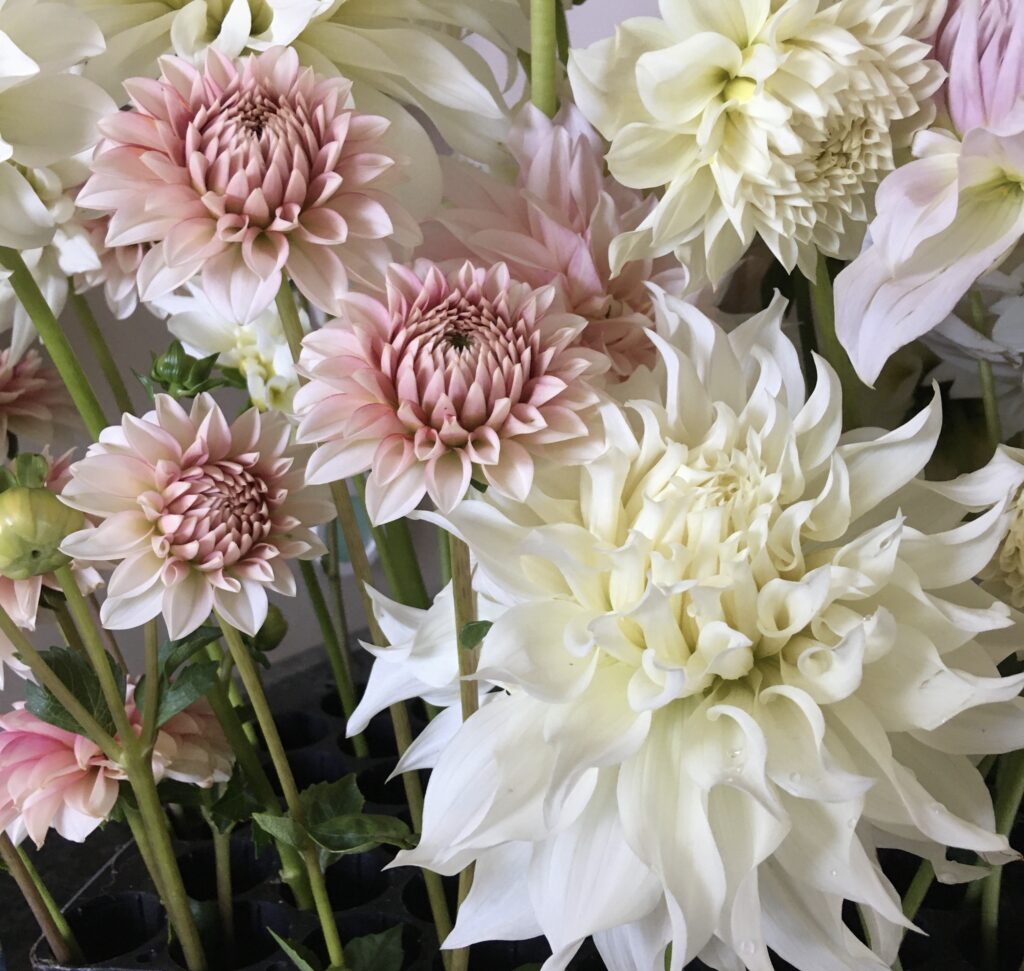
“I found when working with my florist is that it’s all about color,” she says. “Form is important, but the flower doesn’t have to go back to the stem. It can be flat because it works better in arrangements for longevity.”
Longevity is imperative for florists because typically dahlias only last around five days in a vase, Albrecht explains. She enjoys working with florists to find what they were looking for in a dahlia variety.
“We have about five local florists that we work with — they’re really talented,” she says. “I’ll let them go through my seedling patch, and they’ll point out which colors they’re looking for. Coming from the American Dahlia Society (ADS) side, that really helped me as a hybridizer with color.”
However, though the florists were an exciting opportunity, Albrecht says her love still is with the American Dahlia Society.
“I decided I was not only going to breed for the floral industry, but also for ADS’s standards,” she says. “I wanted to help breed for the lacking color pallet, which was the creamy colors, blushy whites and the mocha-colored flowers.”
Her hobby paid off, one of her varieties — KA’s Papa John, a large eight-to-10-inch white dahlia — won the top award with the ADS. Not only did that variety meet ADS standard, Albrecht says it’s a good flower for big, floral arches at weddings.
Discover Mystery Behind Seed Breeding
While her dahlias are winning awards now, Albrecht says it wasn’t all sunshine and rainbows when she started working with the flower’s seed.
“I mentioned there wasn’t really a book on how to do it, so it took me years to figure it out,” she says.
The first year, Albrecht says she left all her singles — dahlias that look more like daisies, instead of having a fuller flower — out. Pollinators, such as bees, like to visit those flowers 99% of the time. The result? Her flowers the next year were all open and singles.
“That wasn’t what I was hoping for,” Albrecht says. “I was hoping for fully doubled, which has petals that go all the way back to the stem. I thought for two years that might have been a quirky thing because I was getting 90% singles. I tried again and was really frustrated when all my plants came out as singles again.”
With some consulting, Albrecht learned about different pollination techniques. One technique that changed the game for her? Hand pollination. After diving in and hand pollinating her dahlias, Albrecht found success.
“The first year I did hand pollination, I got a bloom called KA’s Cloud, which won an award for the ADS,” she says. “It’s also very popular with florists and designers because it’s a large white with a blush center.”
In addition to hand pollination, Albrecht started cutting down singles, colors or forms that she wasn’t looking for. Out of 1,000 plants, she would make sure everything that she didn’t want the bees to spread pollen from were cut — which allowed her to have open pollination as well.
“A lot of flowers I liked really came from the open pollination, with the bees and insects doing most of the work,” Albrecht says.
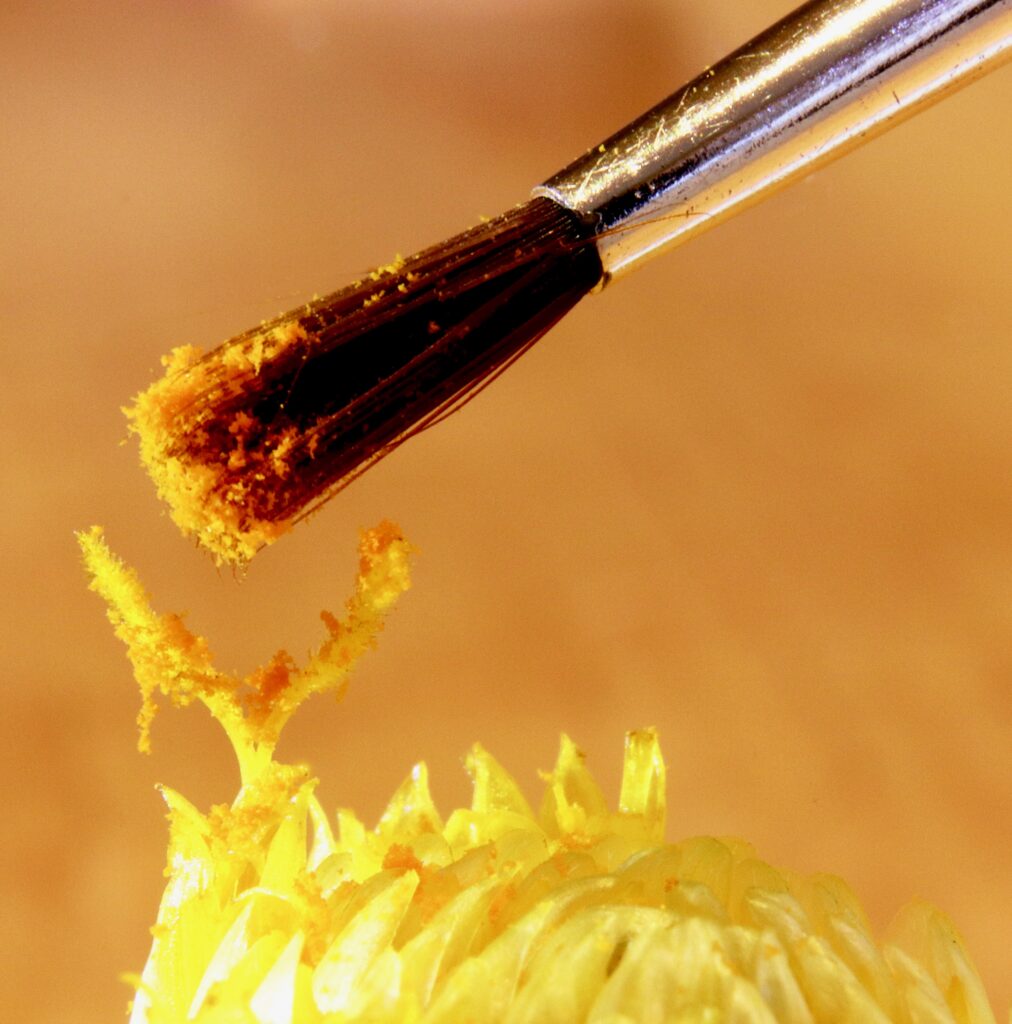
Hybridization Goals in Bloom
With hybridization down, Albrecht has been forming breeding goals every year of specific forms and colors she’d like to achieve in her garden. However, just like other crops or flowers, dahlia breeding can take a long time.
“There’s a multitude of traits you’re looking for,” she says. One of the difficulties is dahlias have eight strands of DNA.
“Even if you bred to one that was supposed to be a formal decorative, you could end up with a cactus,” she says. “Most plants are diploids, so with dahlias, the DNA makes hybridization more difficult.”
In addition to color and form, which are top-of-mind for Albrecht, breeders look for vigor, health and the number of tubers it produces. Not only that, but tubers need to overwinter well for a variety to survive.
Albrecht has lost certain varieties forever due to challenges, such as her Fallen Angels variety.
“The first year [of breeding] all the dahlias are grown from seed,” she says. “What you’re hoping is that they grow to be full plants that produce beautiful flowers and tubers underground. Unfortunately, some don’t produce tubers at all.”
While Albrecht says it’s rare, that’s one way that she’s lost varieties. In addition, if tubers don’t store well or produce good eyes, the variety can be lost or reduced.
“This year, we had a late rain, and a lot of tubers got a fungus from the soil, which makes the tubers less likely do store well, sprout and stay healthy the next year,” she says. “When hybridizing, you’re hoping the traits you’re going for produce a strong, healthy tuber. That’s the future of your variety.”
For her own breeding goals, Albrecht is working on a small sized burgundy bloom dahlia — around the size of a cosmos.
“Burgundy tends to not pump out a lot of blooms, but that’s what I’ve been hybridizing for,” she says. “I’m four or five years into working on them. I found one that checked almost all the boxes; however, the stem was weak.”
Albrecht says stem strength is another trait to look for, because while that variety produced beautiful blooms, the stem would typically fall over.
“That’s a good look, but not for a wedding, because a bridal bouquet could look rather wilted,” Albrecht says.
Typically, on a good year, Albrecht says she keeps about 2% to 5% of her varieties and throws out somewhere from 95% to 98%. She jokes that it’s important to make sure you don’t get too attached to certain blooms while breeding for certain traits.
In her long-term goals, Albrecht says she hopes to achieve a brown colored dahlia.
“I’d love to see a variety like the rose industry has called the Coco Loco,” she says. “I don’t know if I can do it. I’ve been trying for a couple of years, but I’ve made some teeny steps towards it.”
Moreover, Albrecht says her ultimate goal would be to create a dahlia that could stand the test of time and become a long-term variety used.
Sowing Seeds of Knowledge
Another endeavor Albrecht is working toward is more education when it comes to dahlias — particularly so new hybridizers can access and understand more information. Social media, in particular, has helped her accomplish this goal.
“My daughter actually suggested signing up for an Instagram account because she thought people would like to see all the different flowers,” Albrecht says. “Within a car ride to Los Angeles, I had everything set up and ready.”
When deciding how to use her Instagram account for education, Albrecht thought about what she really appreciated from hybridizers before her.
“I appreciated the amount of information they gave me,” she says. “Going to my dahlia society and learning from them was invaluable.”
From there, Albrecht worked to turn her Instagram page to an educational page, where she could show different dahlia growing techniques.
“People love the educational parts that I do probably even more than the pictures,” she says. “When someone’s at home in the backyard struggling, they can message me and ask those questions ‚ÄòWhy isn’t my dahlia growing?’ It’s usually because it needs more sunlight, and they had it in the shade, or the soil has never been worked on.”
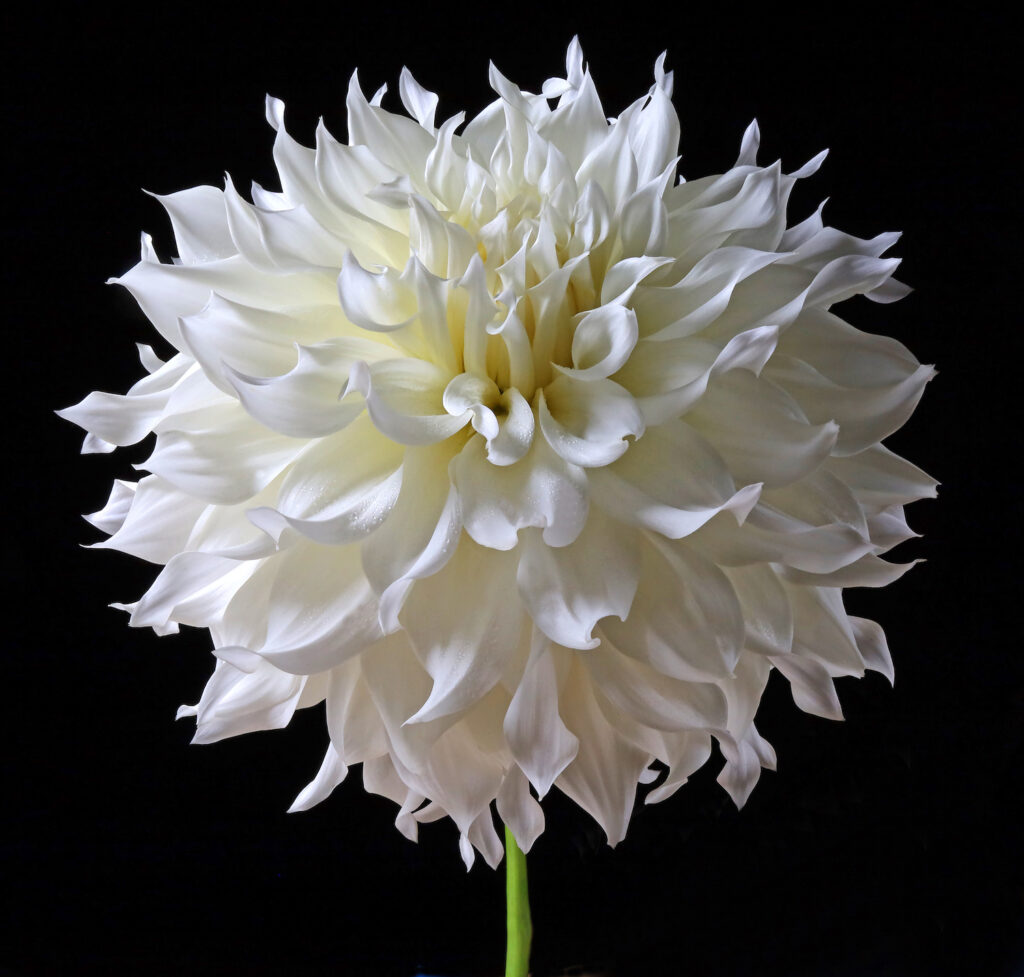
In addition to the social media, Albrecht wrote a book about hybridization in dahlias.
“We were locked down during COVID, so we self-published on Amazon,” she says. “The book details how to hand pollinate and open pollinate, as well as a few other strategies for hybridization.”
However, one of the most exciting endeavors Albrecht had the chance to work with is through her position with ADS. The society is working with a professor at Auburn University to sequence the dahlia genome.
“Alex Harkess at Auburn University is working with a sequencing lab, Hudson Alpha, to sequence the dahlia genome,” she says. “That’s going to be helpful to tackle why specific varieties have been around since the 1800s — it could be a genetic reason. He’s going to compare these older varieties with modern day dahlias, as well as work to see what makes certain varieties more disease resistant.”
This project is in its fifth year and Albrecht believes this could eventually have a huge impact for dahlias.
“Dahlias are really close to sunflowers, so maybe this will lead to dahlias being brought into a lot of the scientific research being done on sunflowers,” she says. “I’m really excited about it, and I’m looking forward to seeing the results of that work.”
Want to check out more about Albrecht’s dahlia efforts? Follow her Instagram at @SantaCruzDahlias.
Want to Read More Like This? Check Out:
Breeding Every Color of the Rainbow
A Rainbow Jewel with a Long History
Sunflower Yields are Higher Than They’ve Ever Been, and so is Demand
Enjoying the Beauty and Function of Flower Seed: Q&A with Norm Poppe


